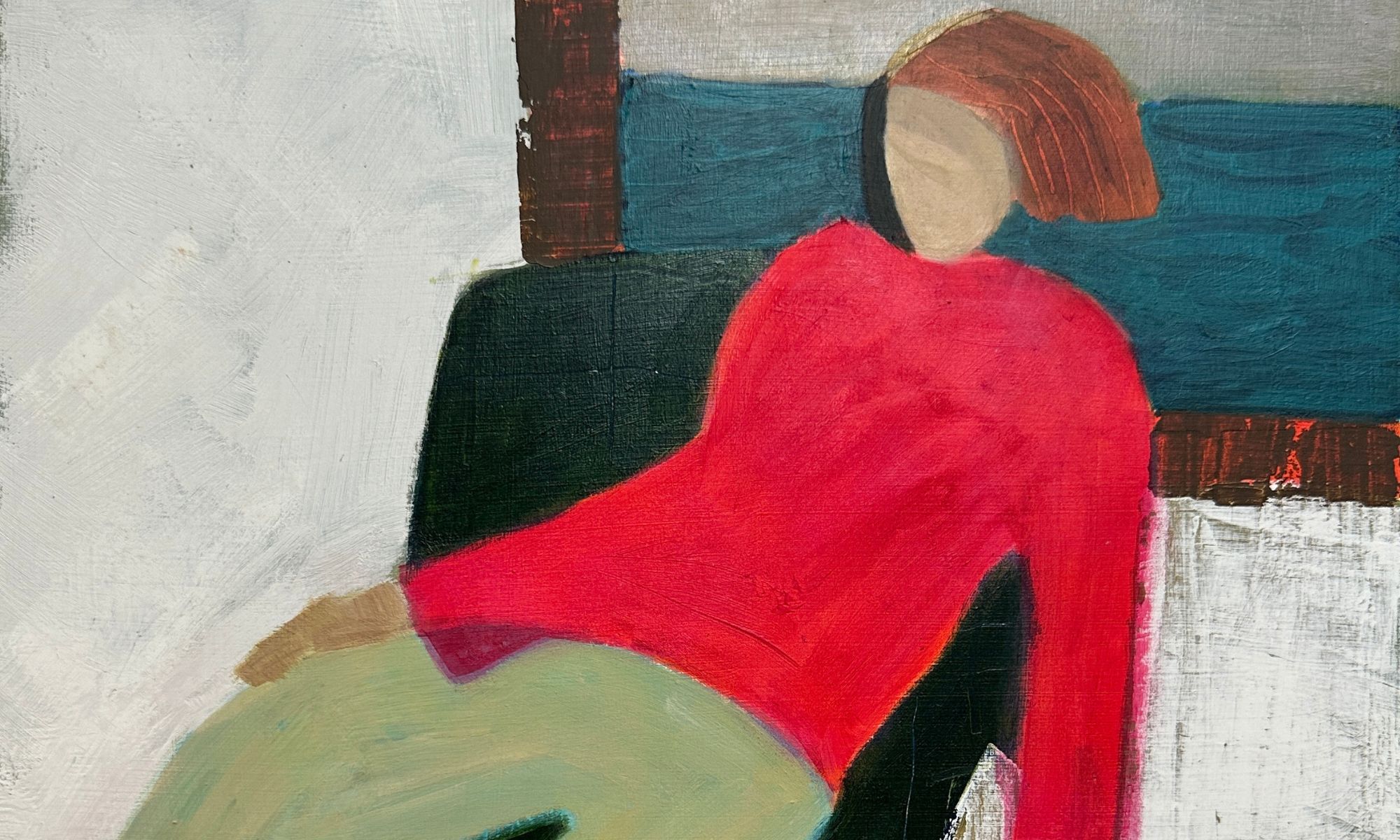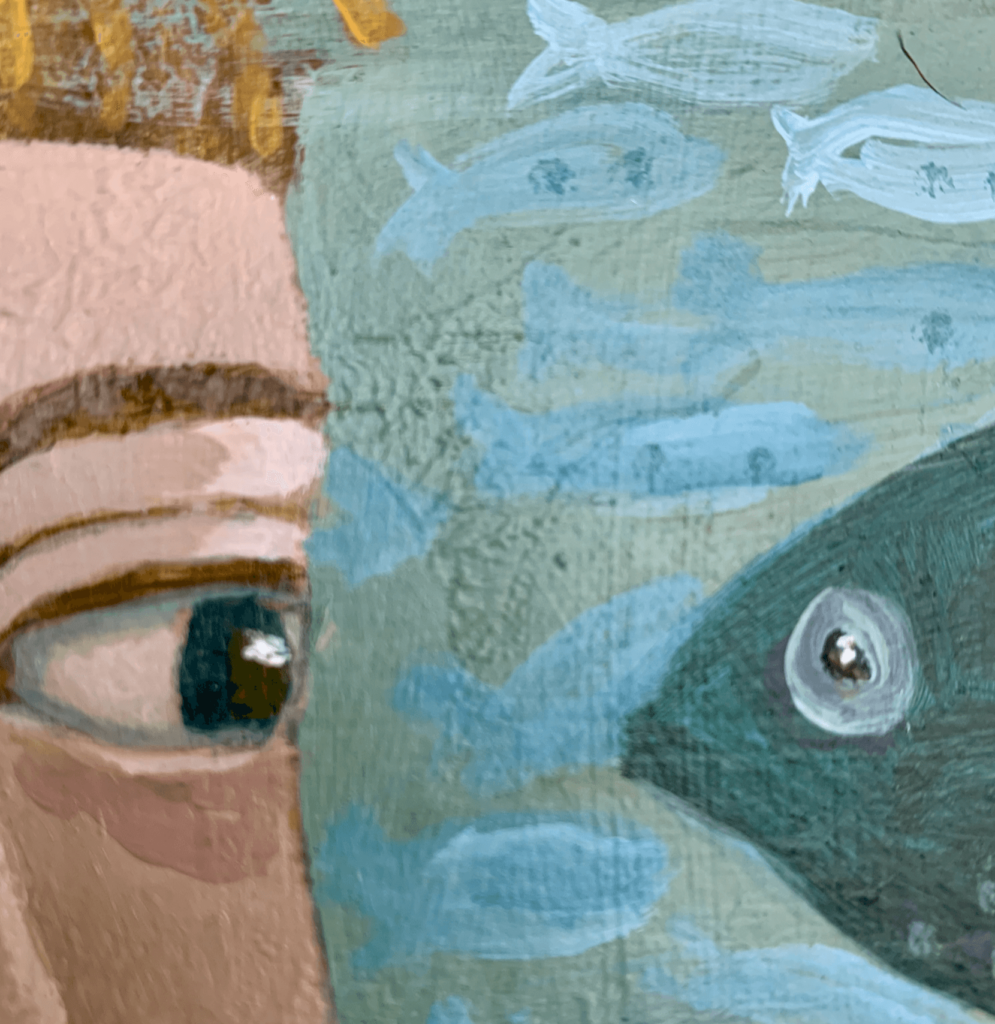
To belong or not to belong…
This month I had to do a presentation on the research that I’ve been undertaking for my contextual studies module of my degree. I decided to look into ‘belonging’ a subject that I find fascinating. Here is an abridged version of what I presented, including the slides, I hope you enjoy…
In my life there have been numerous times when I have questioned whether or not I belong… I find it an uncomfortable feeling but I have always thought it quite a black and white concept, you either belong or you don’t, who wouldn’t want to belong? In fact the American Psychologist Abraham Maslow, in his 1943 paper “A Theory of Human Motivation” placed ‘love and belonging’ third in his pyramid of basic human needs.
Belonging, is a subject I often explore in my paintings and recently this has been a topic for my research. I’d like to share with you some of what I’ve looked at so far. I’m going to start by looking at the definition of the word ‘belong’, then review some academic research I found that identified four different attitudes to belonging, then I’ll show you some artists that demonstrate these attitudes in their work.
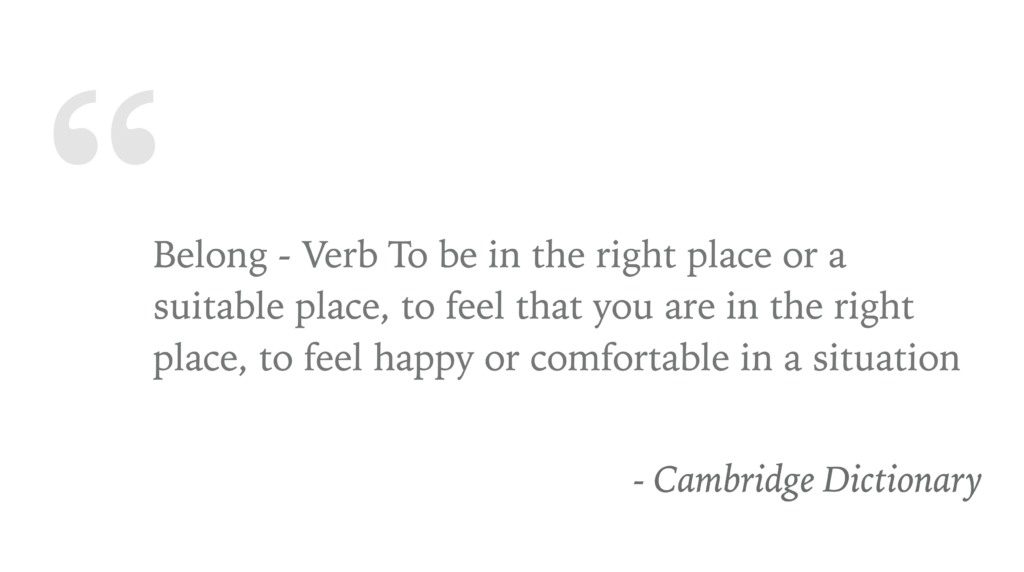
What does the word ‘belong’ mean?
The definition of Belong from the Cambridge Dictionary is: ‘To be in the right place or a suitable place, to feel that you are in the right place, to feel happy or comfortable in a situation’. It’s great to feel you belong, In contrast some people feel unhappy or uncomfortable, as if they don’t belong, this can be because they feel marginalised or an consider themselvesan outsider. As NIRA YUVAL-DAVIS outlines in her book The Politics of Belonging: ‘Belonging tends to be naturalized, and becomes articulated and politicized only when it is threatened in some way.’
In 2021 belonging is being politicised in a number of ways: for example the Brexit debate still rumbles on and divides families and countries. The Covid-19 Pandemic is segregating people, there are vacs vs anti vacs and mask vs no mask groups being formed.
You may be thinking what does all this have to do with the art, please bear with me, I’m coming to that now…
The Crossing Borders Project
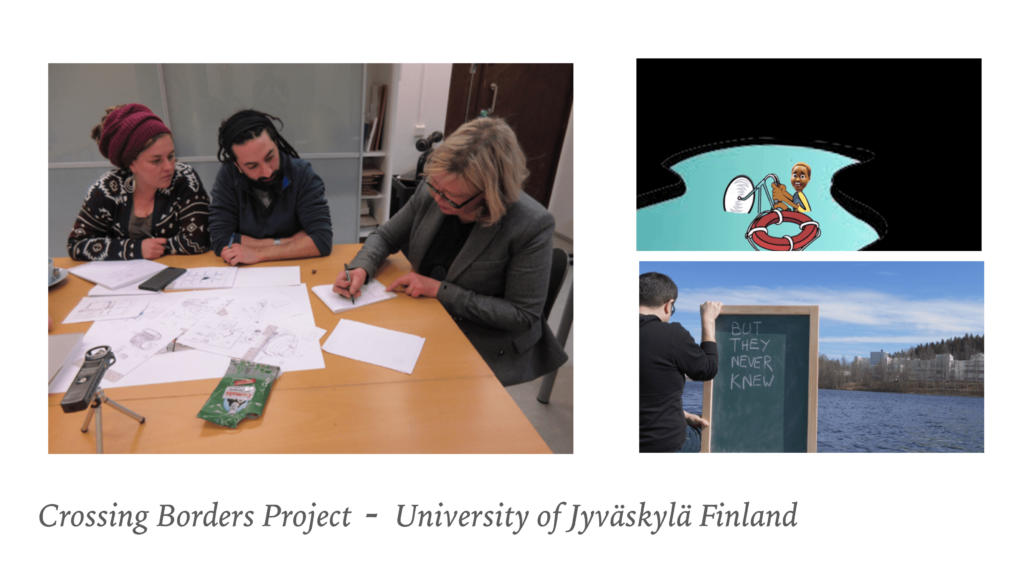
I discovered The Crossing Borders Project online, it was carried out by Finnish academics in 2018. The main aim of their research is to question what it means to ‘belong’ and whether making art can help people express their feelings about belonging. 23 people, locals and migrants took part in making art in three areas: film, writing, and visual arts. The researchers wanted to find out what participants understood by the term ‘belonging’ and their attitude towards it. They discovered there are many ways to understand and define belonging. Their research found that people held one of four attitudes or ‘stances’ towards belonging, they also concluded that people’s attitudes towards belonging is fluid and subject to change.
4 Ways to belong
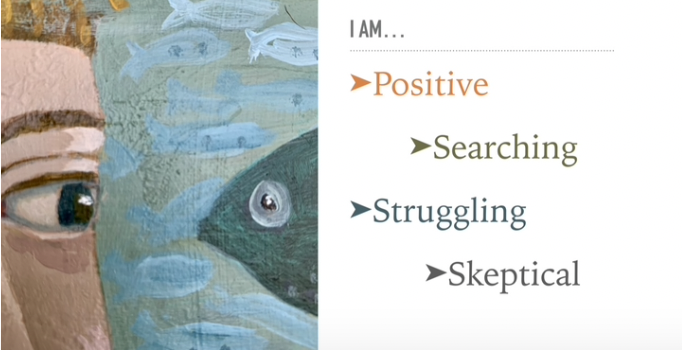
Here are the four ‘stances’ they called them: Positive, Searching, Struggling and Skeptical
Those that took a Positive stance were optimistic and felt it was possible and desirable for them to belong to their communities.
There were some that were Searching: how, where or with whom they belonged, this attitude was also expressed as the need to look for belonging within oneself.
A number of people were Struggling to belong there were a number of reasons cited for this: exclusion, non-acceptance or major loss.
And finally there was a group of people that were Skeptical towards the notion of belonging. In particular the word itself brought up ideas they were uncomfortable with.
I spent some time looking for artists that explore these themes of belonging in their art practice.
Here are some examples of what I found…
Positive attitude towards belonging

This is Triple Self portrait by American illustrator and artist Norman Rockwell. Rockwell was born in New York in 1894, and painted this in 1960 when he was 56. He was asked to do a self-portrait for the cover of his autobiography. Rockwell was a prolific and accomplished illustrator but was not considered a ‘serious painter’ by critics.
In the painting there are images of himself and classic and modern masters of art that inspired him: -Dürer, Rembrandt, Van Gogh and Picasso.
I think the inclusion of these famous artists tells us that Rockwell thought of himself as a serious painter, and he had a positive stance towards belonging because he felt it was possible and desirable for him to be viewed amongst some of these great painters; he thought he belonged to that group.
Searching for belonging
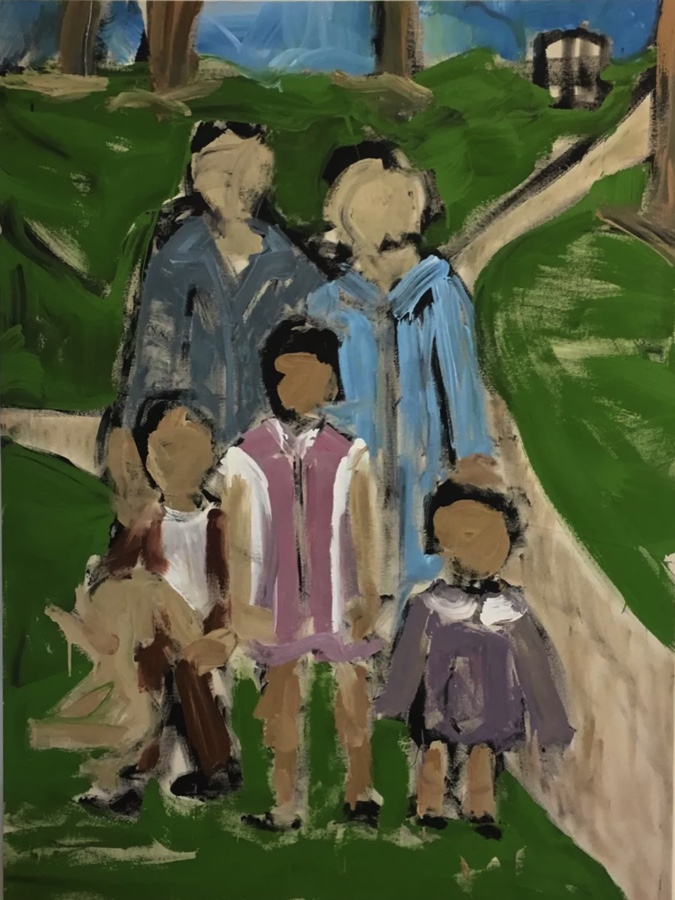
This is Family Portrait painted in 2016 by the artist, actress and director Lucy Liu. Liu was born in Queens, New York to immigrant parents that came from Beijing and Shanghai, she didn’t start speaking English until she was five.
Much of Liu’s work traces back to her childhood. In an interview for Artsy in 2019 Liu commented “Because we were an immigrant family and I am first-generation, I always had this imbalance of belonging,” “I think at first it was the language barrier, not speaking English, but then it started becoming about how I look.” Art, she explained, became a way to reflect on her younger self.
In this painting colours are unsaturated and muddy, it’s a family group but there are no faces, we don’t know what they look like or who they are. As Liu stated, she is searching for where she belongs in this and many other artworks she makes.
Struggling to belong
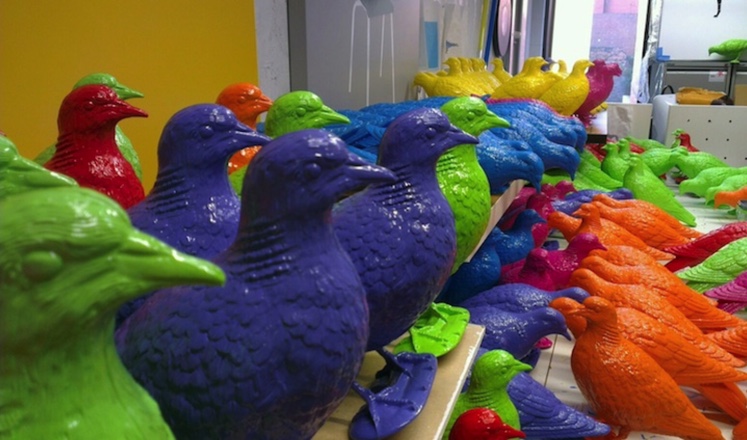
Here is a colourful example that explores the theme of struggling to belong.
‘Belonging’ was created by Patrick Murphy for the Walker Gallery’s 2012 Liverpool Biennial (Bi-ennial). Belonging is all about the ‘Unexpected Guest’. Pigeons are a common site in towns and city centres and branded a nuisance, there are often deterrents to keep the pigeons off buildings.
In this installation there are 205 pigeons, bright and colourful that adorn the Walker Gallery.
Murphy said, “Belonging will engage audiences with its bright colour compositions, but there’s actually a deeper meaning behind the installation. The emblem of the pigeon is used to highlight the very human struggle in finding acceptance or a natural sense of place, whether this be an intellectual or a physical/geographical homeland”
Skeptical about belonging
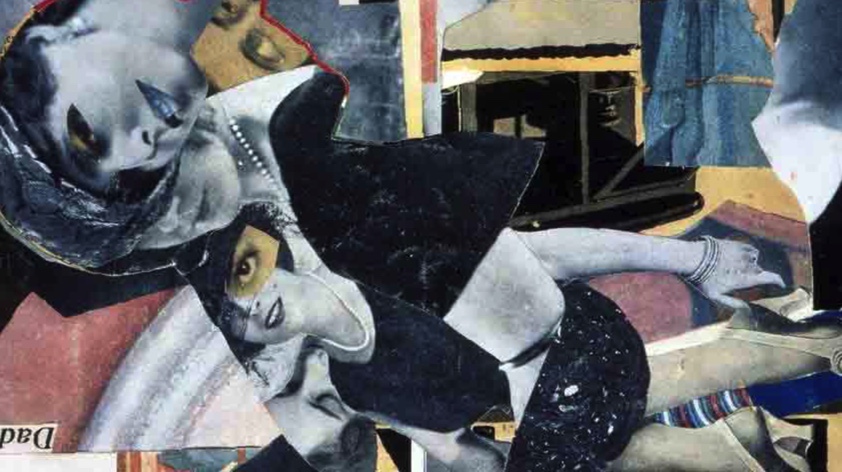
Dada was an art movement formed in Zurich, Switzerland during the first world war. Dada artists felt the war called into question every aspect of a society capable of starting and then prolonging it – including its art. Their aim was to destroy traditional values in art and to create a new art to replace the old. The Dada artists were skeptical towards belonging.
In addition to being anti-war, dada was also anti-bourgeois and had political affinities with the radical left. They wanted to set themselves apart to create a new community of artists. Their skepticism led them to abandon the artists of the day and form their own group, which some artists subsequently left because, well they didn’t want to belong there anymore…
My conclusion
For me, pigeon-holing artworks, or artists into a particular category or stance is not always straightforward. The artist has their own meaning that they may or may not wish to disclose, further the viewer brings their own perspective and context which will undoubtedly inform their understanding of the work. Also, attitudes towards belonging as the research Crossing Borders project concluded is fluid and subject to change. I find myself agreeing with Maslow, belonging is a basic human need, I think we just need to find our tribe.
I hope you enjoyed this post and it will prompt you to explore your own feelings towards belonging, thank-you for reading.
Stay in the loop

If you’d like to know when a new blog post comes out and get updates on new work, exhibitions, workshops and art tips, please sign up to my mailing list. I won’t bombard you with emails and I will never share your information.
[mc4wp_form id=”266″]
